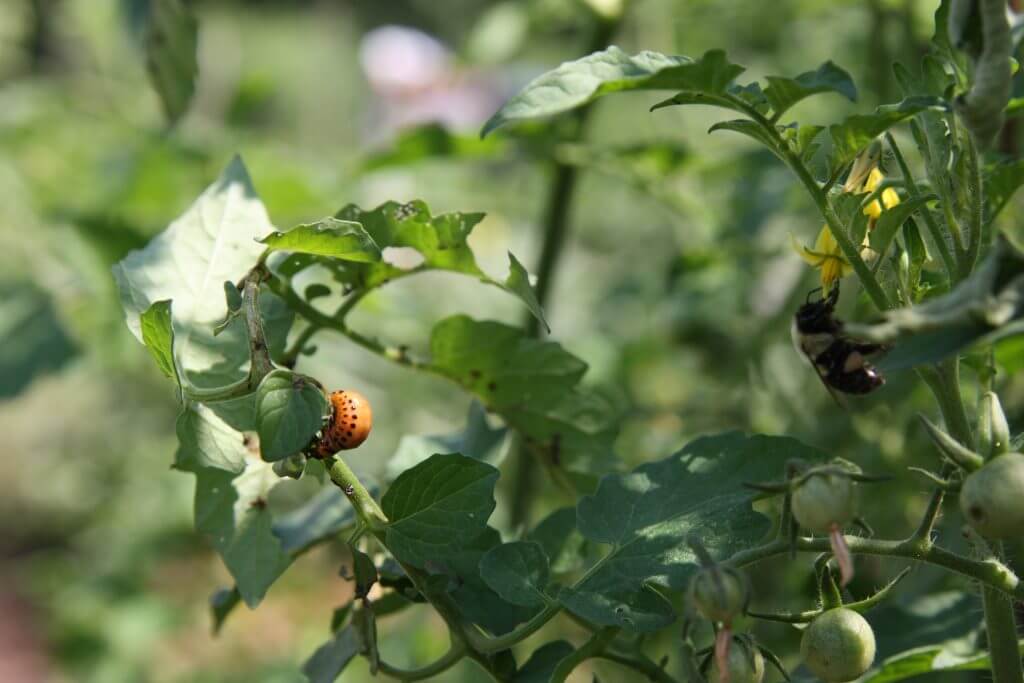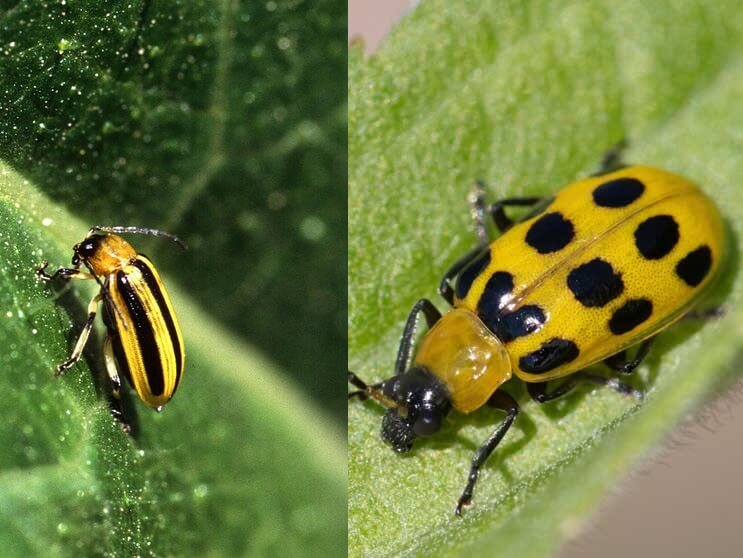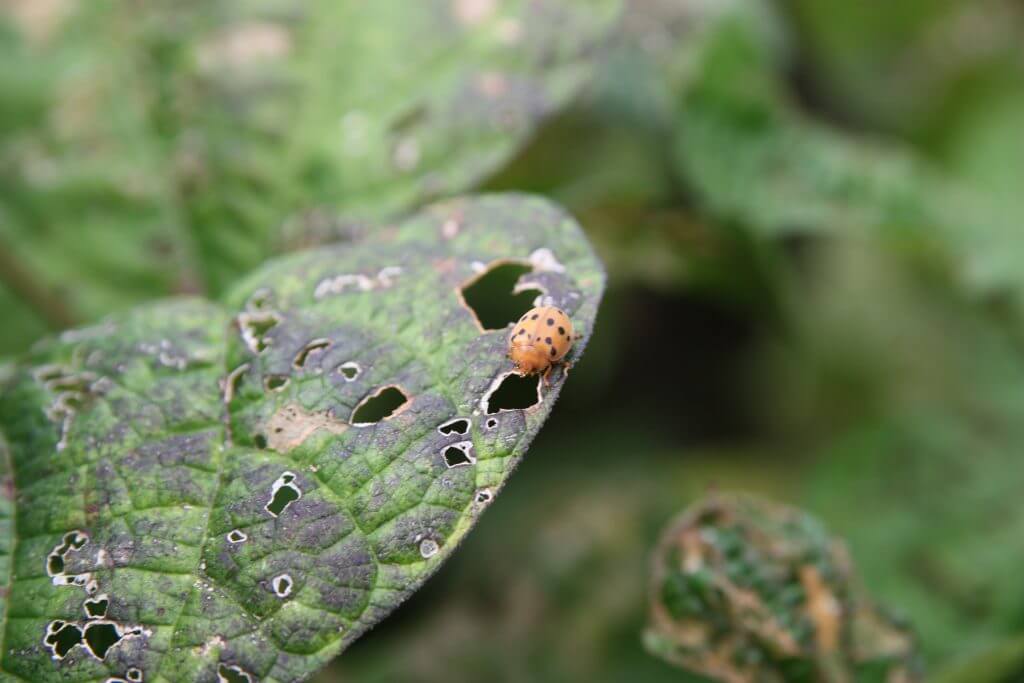
Timing and method are essential when it comes to pruning hydrangeas, and they differ depending on the species being pruned. If done improperly, you may prune off next year’s flower buds or cause your shrubs undue stress. On the other hand, making the right cuts at the right time will help keep them looking great and flowering to perfection.
Good Pruning Technique
The right techniques and tools are key to good pruning. Here are the basics.
The Best Pruning Tools

For small branch cuts (up to 1 cm thickness), choose a quality set of sharp bypass pruners (avoid anvil pruners, which dull quickly). Bypass pruners are easy to sharpen and long-lasting, if you choose a high-performing brand (I like Felcos). For larger branches (up to 4.5 cm thickness), choose sharp bypass loppers. More powerful pruning tools may be needed for large panicle hydrangeas that become tree-like. For larger cuts, opt for a small, sharp pull-stroke pruning saw to cut through tough branches in no time!
How to Prune
Making the right cuts to branches will facilitate good plant health. Cuts to small branches should be made 2/3 cm from the adjacent stem. Make them at 45-degree angles. Larger branches should be cut flush to the trunk collar. The collar is the ripple of bark that will slowly and protectively grow over the cut. Cuts made above the collar will not heal properly, leaving plants vulnerable to pests and disease.
How Much to Prune

Prune to the desired height, but beware of over-pruning. Refrain from pruning over 1/3 of the top growth, especially in smaller shrubs with well-branched woody top growth. Some species, such as smooth hydrangea (Hydrangea arborescens), are clump-forming with stems that can be harshly pruned back if the clumps are well established and have become overgrown. Others, like panicle hydrangea (Hydrangea paniculata), can become tree-like and require more selective pruning.
When to Prune
Hydrangea pruning time is species-specific. Follow the following guide for the top four garden hydrangeas.
Pruning Bigleaf Hydrangeas

Latin Name: Hydrangea macrophylla
Best Time to Prune: These hydrangeas bloom on second-year wood, so the best time to prune is in midsummer, just after they bloom. If you prune in later summer or fall, you will cut off next year’s flower heads. Deadwood is common, especially in spring. Dead or dying stems can be removed at any time of year. Old blooms can also be removed at any time, as long as you just remove the flowers and not the buds that have developed below them.

How to Prune: These hydrangeas can grow too large or develop ungainly stems that have grown too high — shape plants by cutting wayward or old stems to the ground. Stems can also be trimmed to the desired height, depending on the density of the overall shrub. Refrain from shearing bigleaf hydrangeas if you want to maintain a more naturalistic, appealing appearance.
Comments: Bigleaf hydrangeas can have either lacecap (Hydrangea macrophylla var. normalis) or mophead flower clusters. Lacecaps have a looser more naturalistic horizontal growth habit and should be pruned less formally. Mopheads tend to have a rounder habit better suited to uniform pruning. In northern zones above USDA Hardiness Zone 6, these shrubs may die to the ground, so they will never flower. Protecting the crowns with Fafard Premium Natural and Organic Compost and straw can help protect their flowering stems from the winter cold.

Pruning Oakleaf Hydrangeas

Latin Name: Hydrangea quercifolia
Best Time to Prune: Oakleaf hydrangeas also bloom on second-year wood and should be pruned just after blooming in midsummer. Once shrubs have leafed out in spring, identify and remove any dead wood from the previous year.
How to Prune: Some compact oakleaf hydrangeas have rounder, tidier habits but most reach 8-feet in height and develop a broad, naturalistic habit. Remove overgrown or crossing branches. If they overgrow an area, shrubs can be hard-pruned back by half in midsummer. Just be sure to leave plenty of green leafy branches for strong growth, and keep newly pruned shrubs irrigated through dry summer days to encourage new growth and bud set.
Comments: The pretty flower panicles of oakleaf hydrangea dry nicely and look good in winter gardens. Remove the old blooms in late winter to keep shrubs looking fresh in spring.

Pruning Panicle Hydrangeas

Latin Name: Hydrangea paniculata
Best Time to Prune: These tall, hardy hydrangeas bloom on new wood, so the best time to prune is in late winter or early spring. Remove ungainly or crossing branches and dead wood at this time. Refrain from summer pruning, and avoid removing more than 1/3 of the top growth at pruning time.
How to Prune: Panicle hydrangeas are variable shrubs that tend to be tall (8-15 feet) and bushy or tree-like, but some cultivars are compact for small-space gardens. Selectively prune bushy varieties, cutting tall branches to the trunk or base of the plant. Cut the large branches of tree-like varieties to the trunk, making sure cuts are flush to the collar.
Comments: These shrubs revive quickly from pruning. Tree-form plants may develop suckers from the base of the trunk. Keep these pruned off to maintain a single trunk. The dry blooms of panicle hydrangea also look good through winter but should be removed in spring.
Pruning Smooth Hydrangea

Latin Name: Hydrangea arborescens
Best Time to Prune: These easy-to-grow hydrangeas also bloom on new wood and are best pruned in late winter or early spring. They respond well to harsh pruning and can even be pruned to the ground if they outgrow a space. By late spring, they will have grown back with vigor. Refrain from summer pruning.
How to Prune: Pruned these bushy shrubs uniformly to keep their habit rounded. Large-headed varieties, like Incrediball™, are top-heavy and appreciate regular pruning to 1/3 height to keep stems shorter and sturdier. Refrain from pruning large-headed varieties to the ground.
Comments: The bushy dry flower heads look great in winter but should be removed by spring. These hydrangea root very easily from cuttings. Take any pruned branches, dip them in rooting hormone, stick them in the ground, and keep them evenly moist. They will root in no time!










